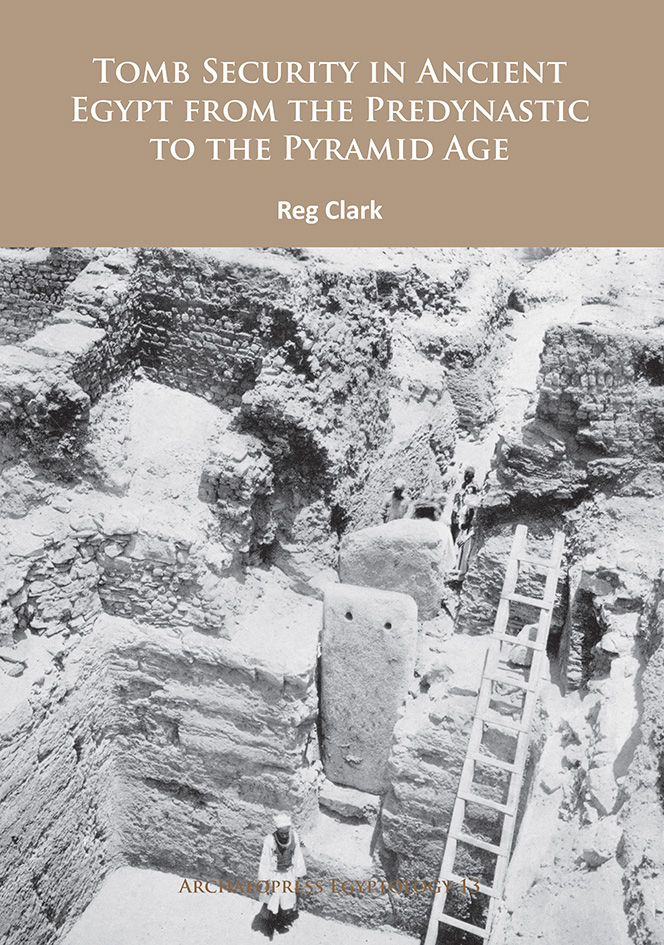Tomb Security in Ancient Egypt from the Predynastic to the Pyramid Age
- Anno: 2016
- Autore/i: Reg Clark
- Catalogo: Archaeopress
- Argomento: Archeologia
- ISBN: 9781784912994
- ISSN:
Egyptians went to great lengths to protect their dead from the omnipresent threat of robbery by incorporating specially developed architectural features in their tombs. However, the architecture of tomb security has rarely been studied as a subject in its own right and is usually treated as a secondary topic in publications of a scholarly nature, which tend to regard its role as incidental to the design of the tomb rather than perhaps being the driving force behind it. This issue had been raised in the early Twentieth Century by Reisner (1908: 11), who suggested that the rapid evolution of Egyptian tomb substructures was as a result of the desire for tomb security and more ostentatious tombs, rather than a development spurred by religious or funerary practices. Taking this premise much further, this book presents an in-depth analysis of the architecture of tomb security in Egypt from the Predynastic Period (c. 5000–4000 BC) until the early Fourth Dynasty (c. 2500 BC) by extrapolating data on the security features of published tombs from the whole of Egypt and gathering it together for the first time in one accessible database. Using the information assembled it adds new information to the current body of knowledge concerning the architecture of tomb security and explains many of the underlying reasons behind their adoption. By thematically analysing these features in order to draw conclusions it also demonstrates that many aspects of the architecture of the Egyptian tomb over this period, in both royal and private contexts–whilst subject to changing tastes, needs and ideologies–had indeed originated as the result of the need to protect the tomb or improve its security.
F.to 21x29, Brossura, pp. 227, Ill. b/n



